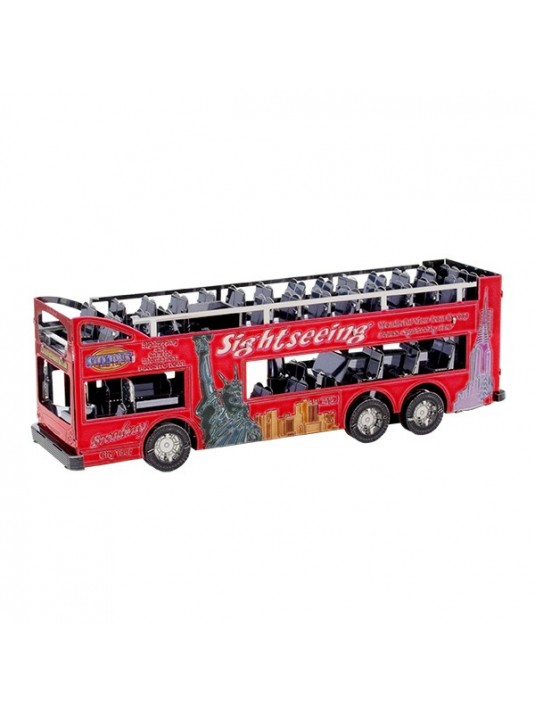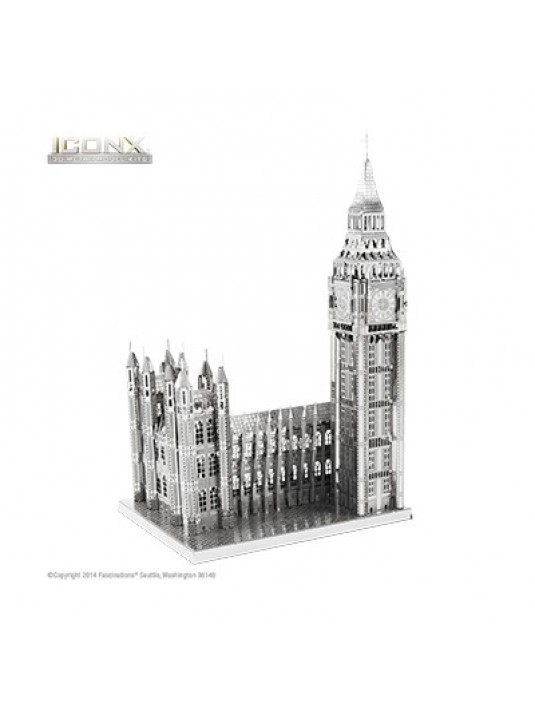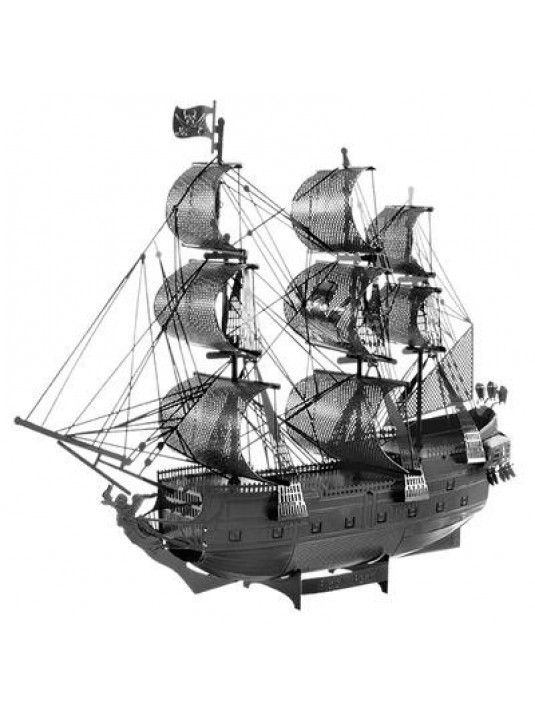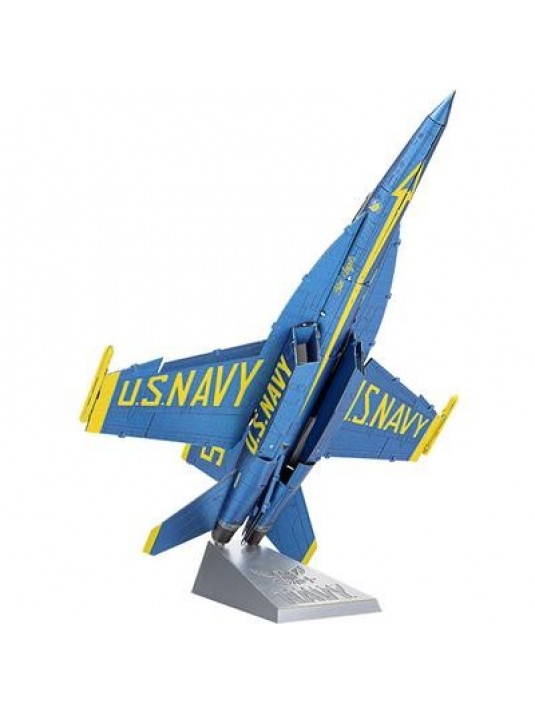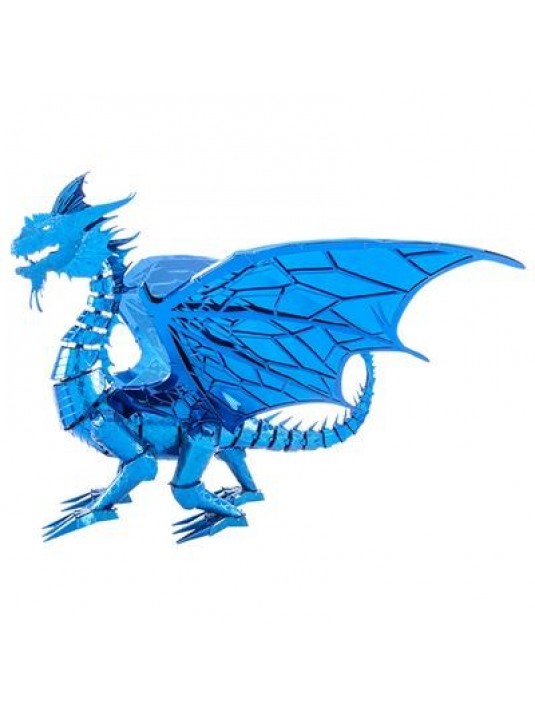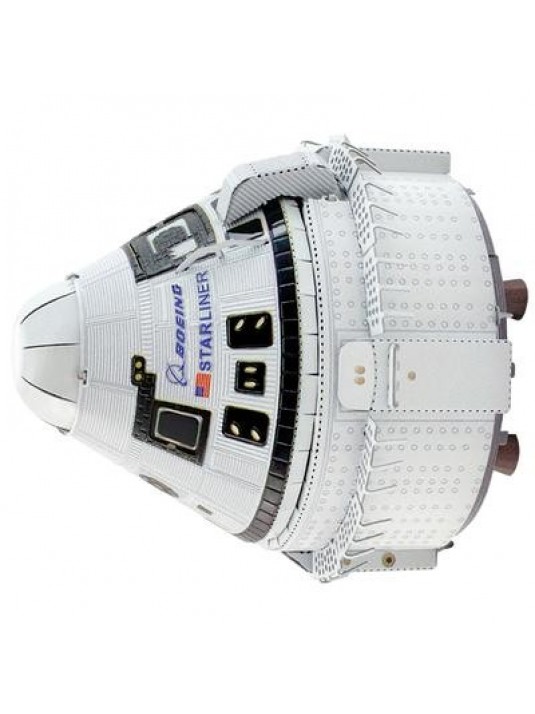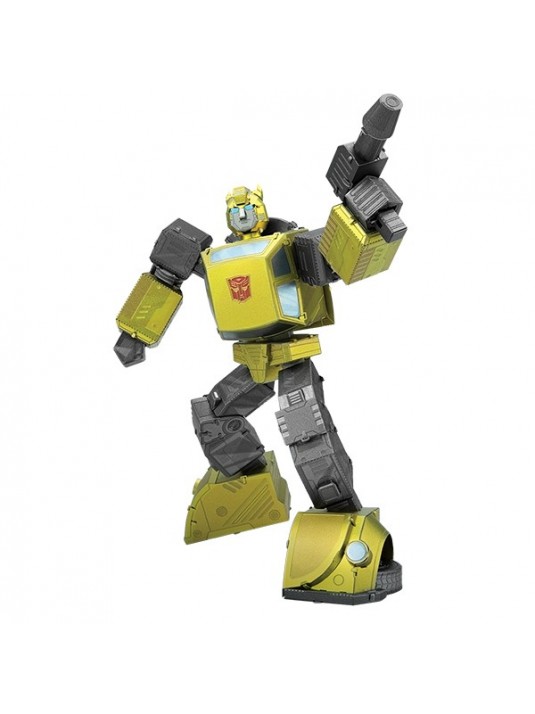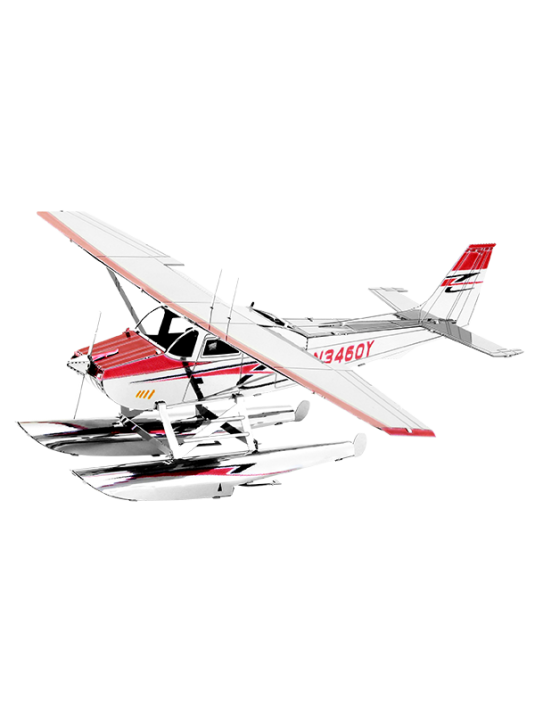ICONX - BIG BEN ICX018
ICONX - BLACK PEARL ICX016
ICONX - BLUE DRAGON ICX114
ICONX - BUMBLEBEE™ MMS470
ICONX - BIG APPLE BUS TOUR MMS169

The hop-on, hop-off New York City tour bus has become an iconic image around the city. Similar tour buses have become popular in many large cities as a fun and efficient way to see the sites.
ICONX - BIG BEN ICX018

These amazingly detailed DIY models start as square steel sheets and finish as amazing 3D models.. Use the easy to follow instructions to pop out the pieces, bend the tabs, and connect them at the attachment points.
Build your collection today!
2 sheets of metal
ICONX - BLACK PEARL - BLACK VERSION ICX016B

These amazingly detailed DIY models start as square steel sheets and finish as amazing 3D models.. Use the easy to follow instructions to pop out the pieces, bend the tabs, and connect them at the attachment points.
Build your collection today!
2 sheets of metal
ICONX - BLACK PEARL ICX016

These amazingly detailed DIY models start as square steel sheets and finish as amazing 3D models.. Use the easy to follow instructions to pop out the pieces, bend the tabs, and connect them at the attachment points.
Build your collection today!
2 sheets of metal
ICONX - BLUE ANGELS® F/A-18 SUPER HORNET™ ICX212

The Blue Angels is a flight demonstration squadron of the United States Navy. Formed in 1946, the unit is one of the oldest formal aerobatic teams in the world.
2 sheets of metal
ICONX - BLUE DRAGON ICX114

Dragons are magical creatures from myth and legend. European dragons are featured as having large, reptilian bodies, with bat-like wings. Blue Dragons are said to be very territorial and associated with lightning.
2 sheets
ICONX - BUMBLEBEE™ MMS470

Bumblebee is one of Optimus Prime's most trusted lieutenants. Although he is not the strongest or most powerful of the Autobots, Bumblebee more than makes up for this with a bottomless well of luck, determination and bravery. He would gladly give his life to protect others and stop the Decepticons.
3 sheets of metal

